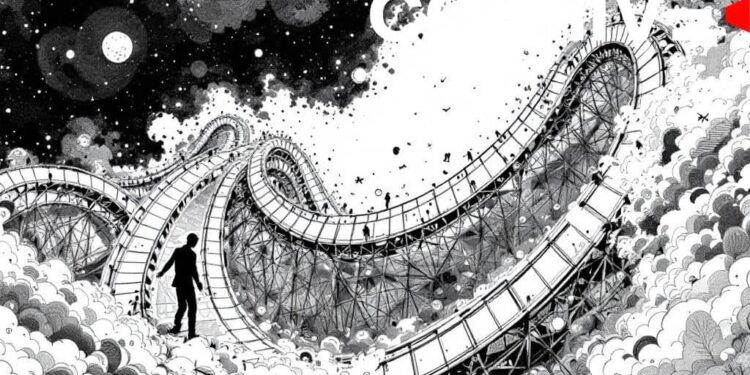TRENDING
Elon Musk Meets UAE President on AI Technology
December 22, 2025
Solana’s Rising Role as Liquidity Layer Analyzed
December 22, 2025
Bitcoin’s Range-Bound Status Persists Amid Market Fluctuations
December 22, 2025
Crypto Strategy Faces Challenges Post-Trump Administration
December 22, 2025
Meme Coin Market Peaks, Faces Significant Decline
December 22, 2025
Next
Prev
Editor's Choice
South Korea Halts Crypto Lending Amid Volatility Concerns
South Korea's FSC orders suspension of crypto lending services, impacting major exchanges.
Ethereum Foundation, Whales Drive $500M ETH Sell-Off
Ethereum's $500M ETH sell-off driven by Foundation's sales, whale activity, hacker liquidations.
Ethereum Eyes $9,600 Target Amid Institutional Interest
Ethereum's price may reach $9,600 following institutional investments and market trends.
X’s New Terms Allow Permanent Use of User Data
Elon Musk's X, formerly Twitter, has revamped its terms of service, granting itself a perpetual right to use user data...
China Meets U.S. Trade Commitments, Bessent Confirms
U.S. Treasury Secretary Scott Bessent confirms China has fulfilled trade commitments, calling for economic rebalancing.















